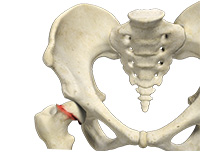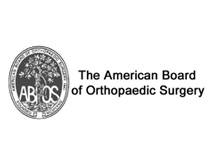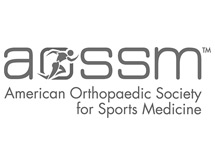Slipped Capital Femoral Epiphysis

What is Slipped Capital Femoral Epiphysis?
Slipped capital femoral epiphysis (SCFE) is an unusual disorder of the hip where the ball at the upper end of the thighbone (femur) slips in a backward direction. This is caused due to weakness of the growth plate. This condition is commonly caused during accelerated growth periods such as the onset of puberty.
Causes of Slipped Capital Femoral Epiphysis
The cause of SCFE is unknown. However, in most cases it may be due to being overweight or from minor falls or trauma. Slippage of the epiphysis (ball at the upper and of the thighbone) is a gradual and slow process, however it may occur suddenly in cases of trauma or falls.
Symptoms of Slipped Capital Femoral Epiphysis
The typical symptoms of SCFE include several weeks or months of hip or knee pain and limping. The affected leg may be turned outwards in comparison to the normal leg and may appear shorter.
Diagnosis of Slipped Capital Femoral Epiphysis
SCFE is usually diagnosed with a physical examination, as it shows any abnormality in motion of the hip, gait and walking pattern. An X-ray of the hip will confirm the diagnosis as it shows any anatomical differences in the alignment of the hip bone.
Treatments for Slipped Capital Femoral Epiphysis
Early diagnosis of SCFE gives a chance to achieve the treatment goal of stabilizing the hip. The treatment is mostly in the form of surgery which prevents any additional slipping of the femoral head until growth stops. Depending on the severity of the condition, your doctor will recommend one of these 3 surgical procedures:
- Placing a single screw in the thighbone and the epiphysis
- Reducing the displacement of the femoral head and placing screws to hold it in place.
- Removing the abnormal growth plate and avoiding any further displacement with the help of screws.










